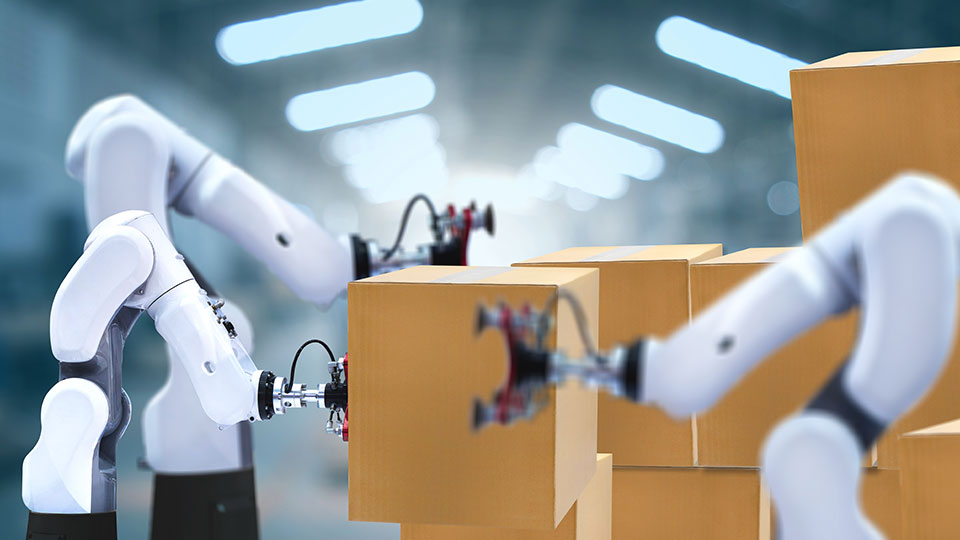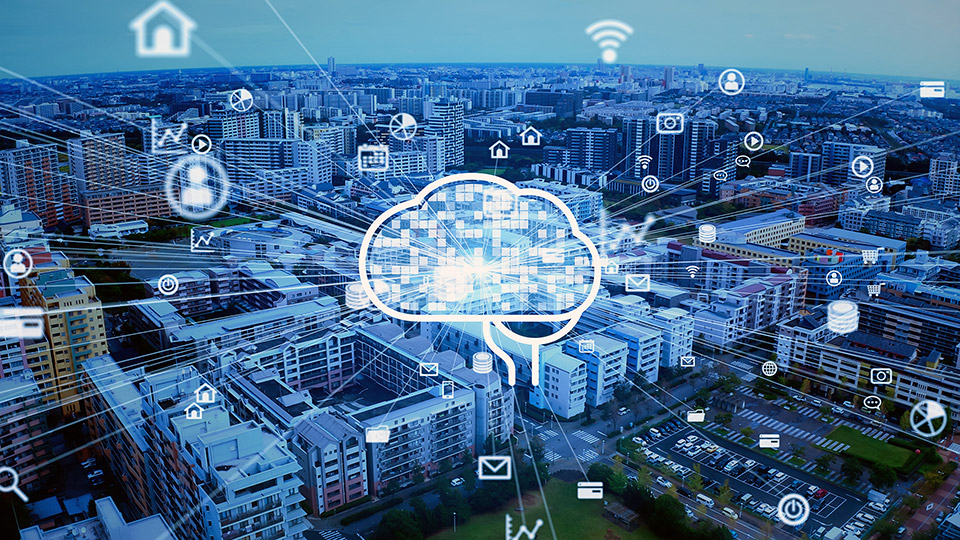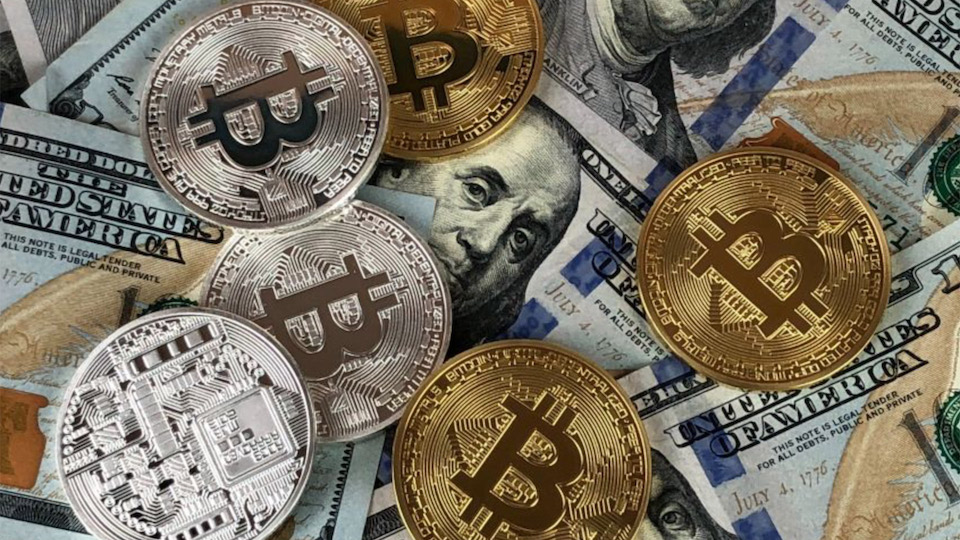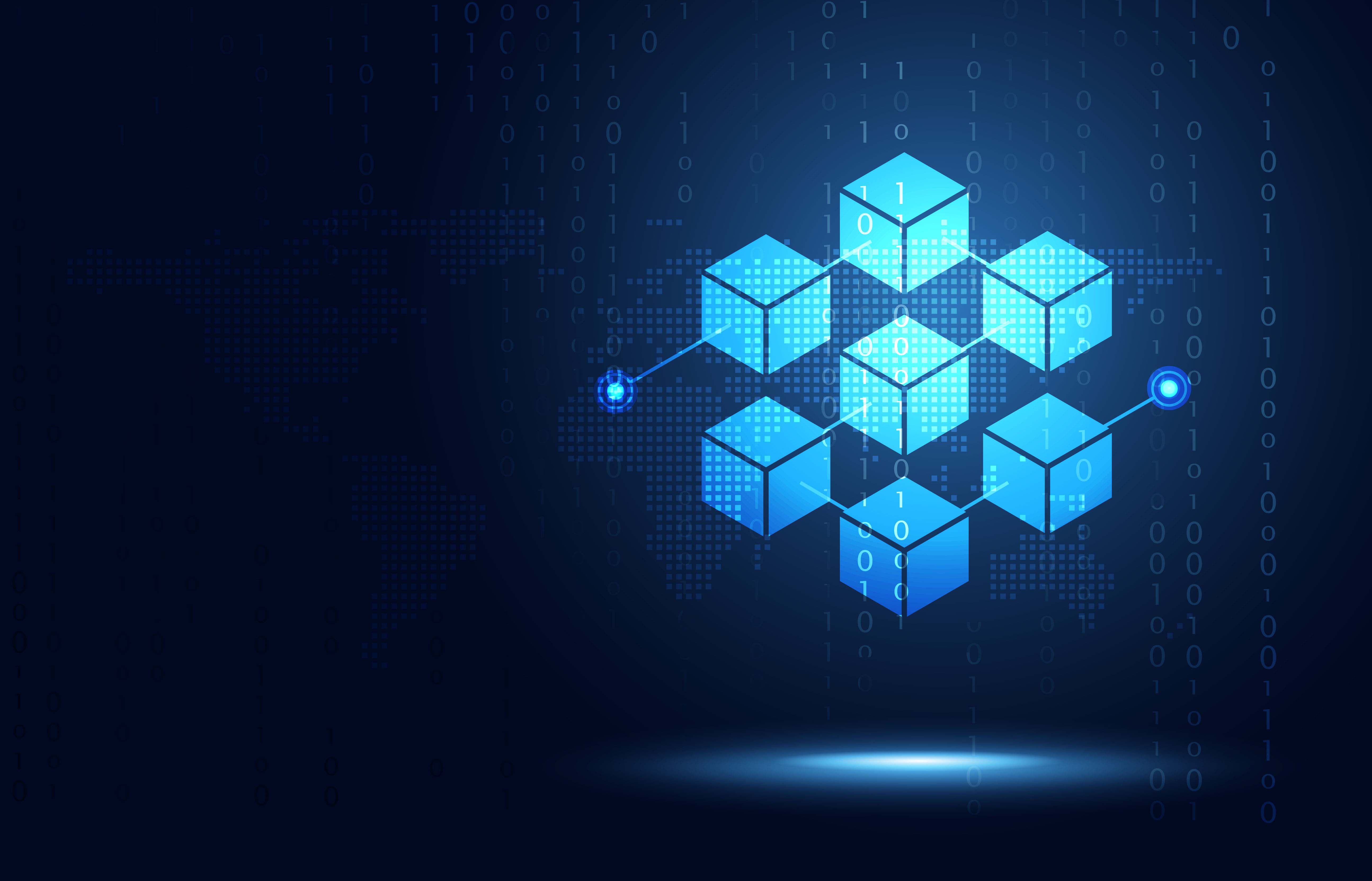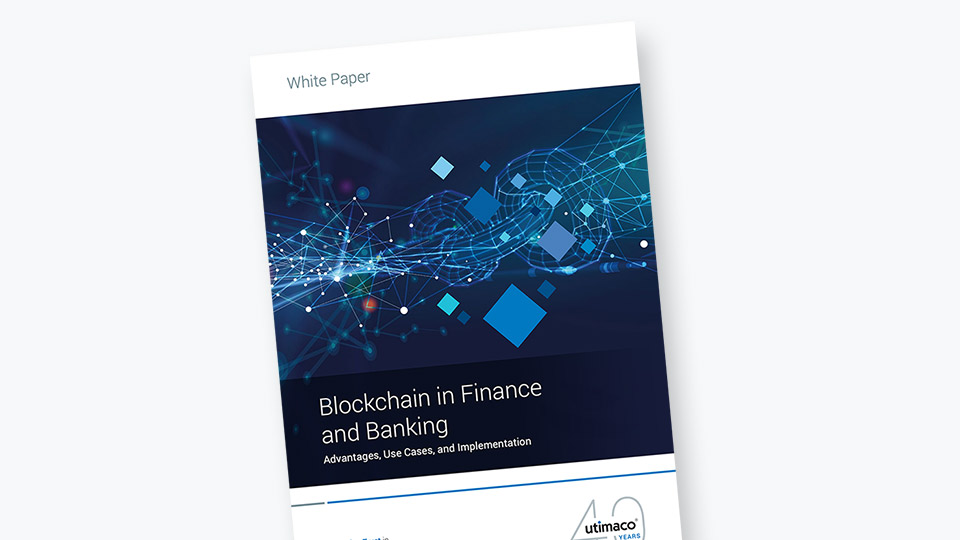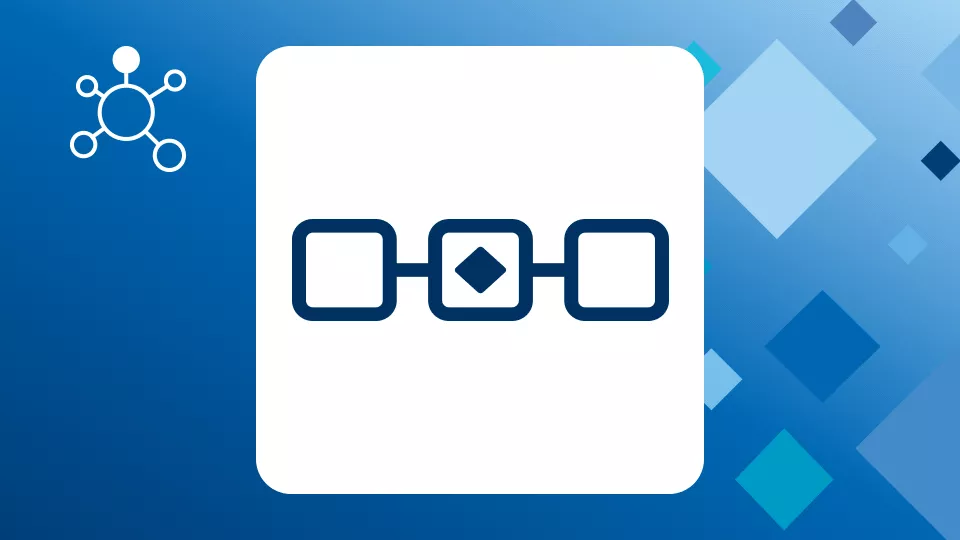Definition: Distributed Ledger Technology (DLT) refers to the technological infrastructure and protocols that enable simultaneous access, record validation, and immutable record updating across a network that is dispersed across numerous entities and multiple locations. A distributed ledger is a digital system that does not have a central data store or management features, in contrast to traditional databases.
Distributed Ledger Technology explained
Distributed Ledger Technology (DLT), commonly known as blockchain technology, is a protocol that enables the secure functioning of a decentralized digital database. Distributed networks eliminate the need for a central authority to monitor against manipulation. Transactions and other details are recorded in multiple locations at the same time and blocks and the information within them must be verified by the network before new blocks can be created. The distributed ledger database does not feature an administration facility or centralized data storage. Instead, the database exists across multiple participants or geographical regions.
Distributed ledger technology can be classified as either public or private, depending on the accessibility of the ledgers by anyone or by the devices (also called nodes). It can also be categorized as permissioned or permissionless, based on whether participants require permission from a certain entity to edit the ledgers.
Using encryption, DLT allows for the secure and accurate storage of all information. This information can be accessed using "keys" and cryptographic signatures to allow access only to authorized users. Cryptographic digital signatures provide authentication and ensure the integrity of data. Once the information is stored, it becomes an immutable database and is governed by the rules of the network. This means that information, once stored, cannot be deleted, and any updates are permanently recorded.
A decentralized ledger is resilient to cybercrime due to the fact that all copies stored across the network must be attacked at the same time for the attack to be successful. However, if malicious actors attempt to move or change the information in a blockchain block on the chain, it can be traced back to them through the key or digital signature that allowed them to access the blockchain. Also, once an actor attempts to alter information stored on the blockchain, the key is immediately revoked.
Simultaneous peer-to-peer record sharing and updating make the entire process faster, highly effective, and more economical. By moving record-keeping from a single, authoritative location to a decentralized system in which all relevant entities can view and modify the ledger, this architecture marks a substantial change in how information is received and shared. DLT enables real-time data sharing, ensuring that the ledger is always up to date.
The most significant innovation of DLT is its potential to reduce or eliminate the typically time-consuming and error-prone processes required to reconcile the various contributions to the ledger, ensuring that everyone has access to the most recent version and that its accuracy can be trusted.
Examples of Distributed Technology Technology Applications
Smart contracts
A smart contract (or crypto contract) manages the transfer of digital assets between a peer-to-peer network of involved parties directly and automatically under specific conditions. They are often used to automate the execution of an agreement so that all participants can be certain of the conclusion immediately, without the involvement of an intermediary or additional delay.
Attestation
A requirement for a virtual notary service. A system is required to store attested documents and grant access to selected entities for verification. There is no implicit trust between the entities involved, nor is there a central trusted notary who can write data on their behalf.
A private permissioned ledger storing document hashes and timestamps would be useful in this scenario, preventing tampering and providing verification of what was signed and when to those who need to verify this information.
Trade of digital art
A platform is required where people can trade digital artwork safely and securely. The platform must keep information regarding the artwork's creation and sale, as well as give confirmation of ownership without storing personal information.
A non-fungible token (NFT) is a unique digital identifier that cannot be copied, substituted, or subdivided, that is recorded in a blockchain, and that is used to certify authenticity and ownership. Non-fungible tokens are used to establish ownership and exclusivity, as well as to assign value to the asset being represented.
Because the assets are digital, they can be tied directly to the ledger, for example by storing a hash of the asset on the ledger. This eliminates the requirement for a trusted third party to settle disputes, making a public permissionless ledger appropriate.
Though DLTs are not tamper-proof, they are tamper-apparent. That is, if tampering does occur, the network’s transparency ensures that all members of the network will be made aware of any manipulation.
Organizations of all sizes can easily implement powerful, secure, and resilient blockchain applications, safeguarded by HSMs from Utimaco.




